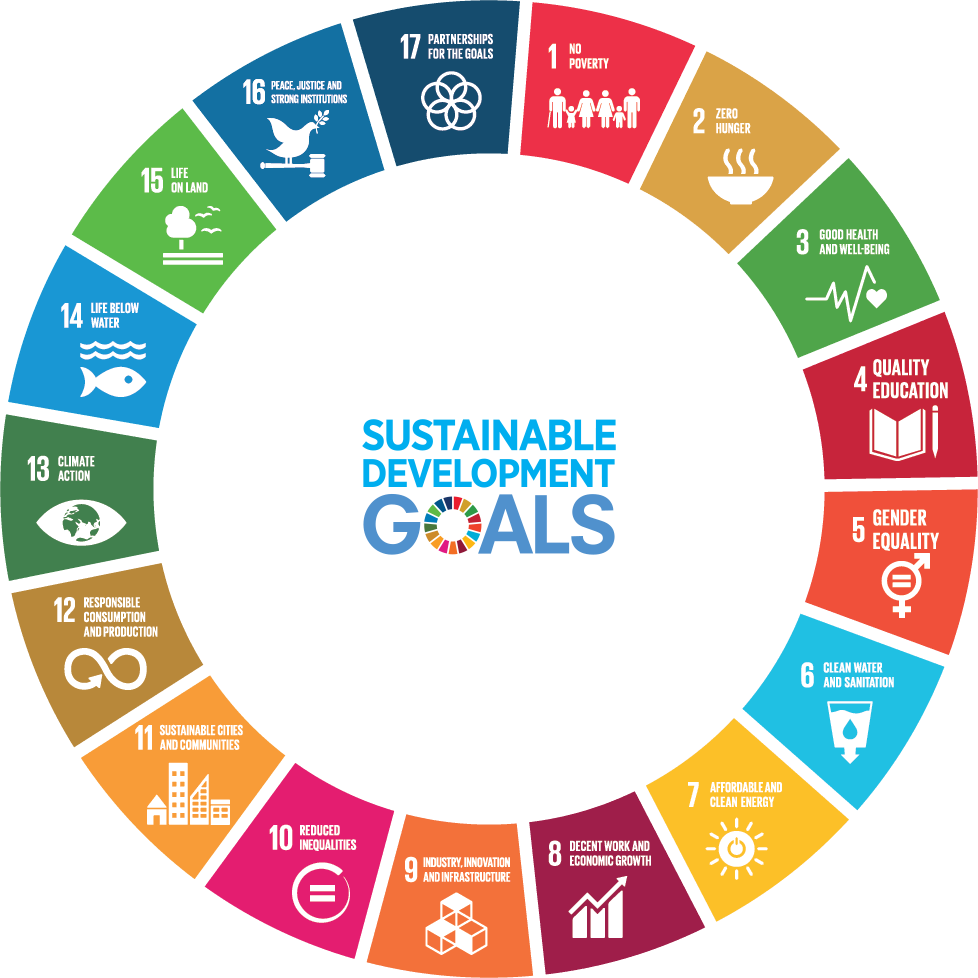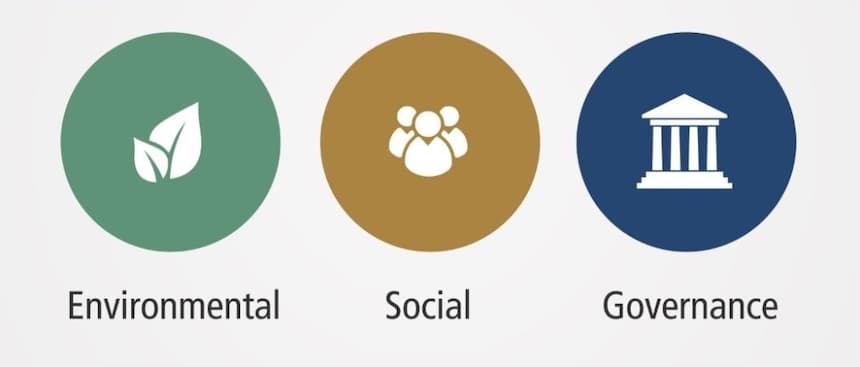FAQs
Our most frequently asked questions on SDGs, ESGs, and how they inform opportunities for responsible investors.
The Global Algorithmic Institute at GlobalAI Co.

The Sustainable Development Goals (SDGs)
What are the Sustainable Development Goals?
The United Nations Sustainable Development Goals (SDGs), otherwise known as the Global Goals, are a universal call to action established in 2015 by 193 Countries to end poverty, protect the planet and ensure that all people enjoy peace and prosperity by 2030.
These 17 Goals build on the successes of the Millennium Development Goals (MDGs), while including new areas such as climate change, economic inequality, innovation, sustainable consumption, peace and justice, among other priorities. The goals are interconnected – often the key to success on one will involve tackling issues more commonly associated with another.
How are the SDGs relevant to responsible investors?
The SDGs are emerging as the new standard to measure the sustainability footprint of companies, countries, and other investable assets. According to the UN Principles for Responsible Investment, the SDG’s relevance to responsible investors can be summarized in 5 categories:
- Fiduciary duty: The SDGs are a critical part of investor’s Fiduciary Duty
- Macro risks: The SDGs are an unavoidable consideration for “Universal Owners”
- Macro opportunities: The SDGs will drive global economic growth
- Micro risks: The SDGs as a risk framework
- Micro opportunities: The SDGs as a capital allocation guide
How does Big Data & AI make the SDGs more relevant for investors?

How the SDGs relate to ESGs
What is Environmental, Social and Governance (ESG)?
- Treatment of the environment
- Customer and data privacy
- Labor practices
- Employee health & safety
- Employee engagement, diversity & inclusion
- Business ethics
How is ESG measured?
While corporations now largely self-report some ESG data, the lack of ESG standards and metrics results in data biases and incentivizes significant “green-washing”, to make a company’s products and processes sound more environmentally sound than they are.
Moreover, ESG metrics are updated infrequently, typically on an annual basis. Due to the lack of agreed ESG standards, major discrepancies exist across vendors who rate, rank and provide company ESG scores. This leads to significant noise in the data, and a lack of useful ESG data for investment purposes.
How can we collect better ESG data?
A new alternative at the intersection of artificial intelligence (AI), Big Data and the United Nations Sustainable Development Goals (SDGs) can help overcome existing shortcomings of ESG. Using AI and Big Data, we can measure the sustainability footprint of companies. Techniques include a more standardized taxonomy and the use of large-scale unstructured data that can provide more comprehensive and timely insights.
SDG Target 12.6
Why does the Global Algorithmic Institute at GlobalAI focus on SDG 12.6?
SDG target 12.6 represents a unique opportunity to get more than 100 UN member countries to promote improving consistent, high quality, firm-level ESG/SDG data reporting and collection. Working with UNCTAD, the custodian of SDG indicator 12.6.1, on achieving it is a unique opportunity to harmonize sustainability reporting among hundreds of thousands of firms around the world and inform pivotal governmental policies.
What is the impact of SDG 12.6 for investors?
Benchmarking SDG target 12.6 will create common standards contributing to the global harmonization of corporate sustainability reporting and disclosure needs for investors.



